Aerobic exercise, also known as cardio, is any physical activity that increases your heart rate and breathing. It can help improve your cardiovascular health, lower your blood pressure, reduce your risk of chronic diseases, and boost your mood and energy levels.
But what are the best aerobic exercises for seniors? How can you stay active and safe as you age? Here are some tips and suggestions to help you find the right cardio workout for you.
Benefits of Aerobic Exercise for Seniors
Aerobic exercise has many benefits for older adults, such as:
- It can lower your risk of heart disease, stroke, diabetes, and some cancers.
- It can improve your cognitive function, memory, and mental health.
- It can enhance your immune system and prevent infections.
- It can strengthen your bones and muscles and prevent falls and fractures.
- It can increase your stamina, endurance, and flexibility.
- It can help you maintain or lose weight and prevent obesity-related complications.
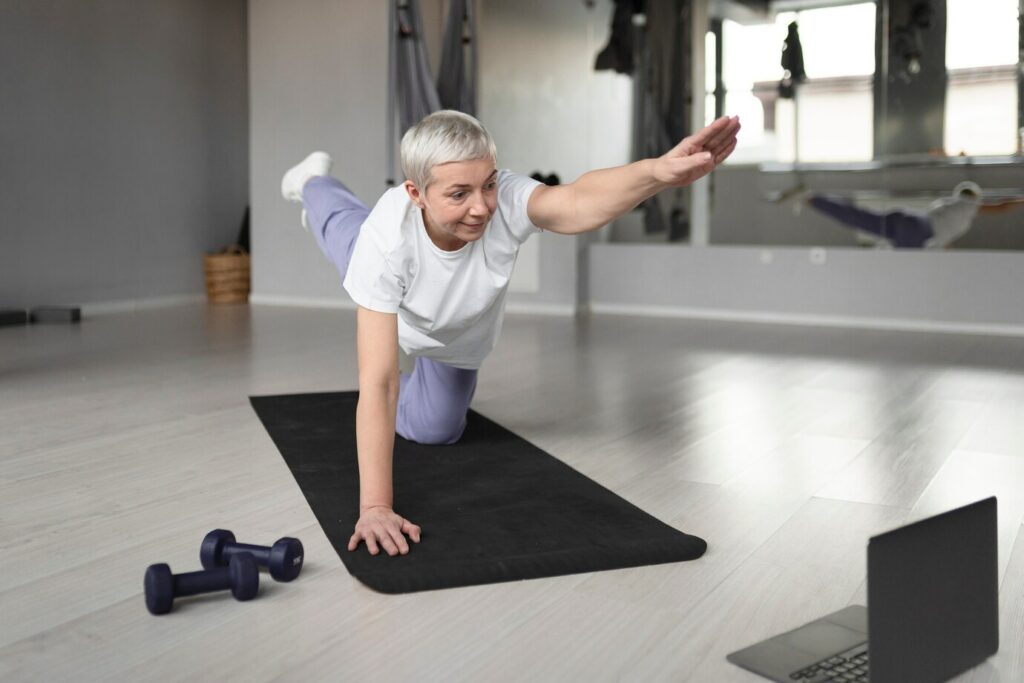
How Much Aerobic Exercise Do You Need?
According to the Physical Activity Guidelines for Americans, older adults should aim for at least 150 minutes of moderate-intensity aerobic activity or 75 minutes of vigorous-intensity aerobic activity per week. You can also do a combination of both.
Moderate-intensity aerobic activity means that you are working hard enough to raise your heart rate and break a sweat, but you can still carry on a conversation. Examples include brisk walking, cycling, swimming, dancing, and nature walks.
Vigorous-intensity aerobic activity means that you are working very hard and breathing fast and deep. You can only say a few words without pausing for breath. Examples include jogging, running, hiking uphill, skipping rope, and aerobics classes.
You can also do interval training, which involves alternating short bursts of high-intensity exercise with longer periods of lower-intensity exercise. This can help you burn more calories and improve your cardiovascular fitness in less time.
You should spread your aerobic activity throughout the week and do at least 10 minutes at a time. You can also break it up into smaller chunks of time during the day. For example, you can do 15 minutes of walking in the morning, 10 minutes of cycling in the afternoon, and 10 minutes of dancing in the evening.
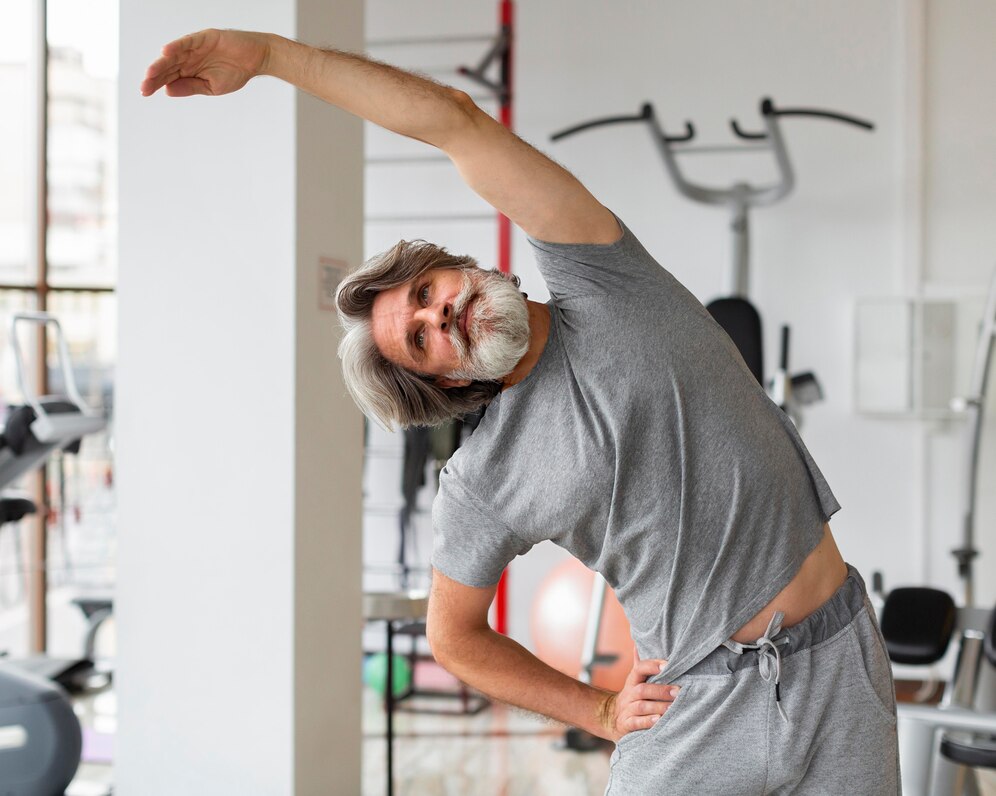
What Are the Best Aerobic Exercises for Seniors?
The best aerobic exercises for seniors are those that you enjoy and can do safely and regularly. You should also choose activities that suit your fitness level, health conditions, and personal preferences.
Here are some of the best aerobic exercises for seniors:
- Walking: Walking is one of the best forms of cardio for older adults and can be modified to match the pace, distance, or time that feels right for you. You can walk indoors or outdoors, alone or with others, on flat or hilly terrain. You can also use a treadmill, a walker, or poles to increase your stability and intensity.
- Swimming: Swimming is a low-impact exercise that works your whole body without putting stress on your joints. It can improve your heart health, lung capacity, muscle strength, and balance. You can swim laps in a pool or join a water aerobics class to add some variety and fun to your workout.
- Biking: Biking is another low-impact exercise that can boost your cardiovascular fitness and lower body strength. You can bike on roads or trails, using a regular bike or an electric bike. You can also use a stationary bike at home or at the gym to get a similar effect.
- Pickleball or Tennis: Pickleball and tennis are racket sports that can improve your hand-eye coordination, agility, reaction time, and endurance. They are also social activities that can help you meet new people and have fun. You can play pickleball or tennis on indoor or outdoor courts, using different types of balls and rackets.
- Cross-Country Skiing: Cross-country skiing is a winter sport that can challenge your cardiovascular system and burn a lot of calories. It involves gliding on skis over snow-covered terrain using poles to propel yourself forward. It can improve your upper and lower body strength, balance, and coordination.
- Kayaking or Canoeing: Kayaking and canoeing are water sports that can work your upper body muscles and core stability. They involve paddling a small boat on lakes, rivers, or oceans using a single or double-bladed paddle. They can also help you enjoy nature and relax your mind.
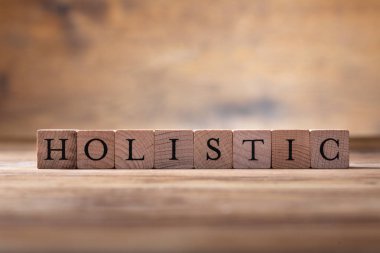
Tips for Doing Aerobic Exercise Safely
Before starting any aerobic exercise program, you should consult with your doctor to make sure it is safe for you. You should also follow these tips to prevent injuries and complications:
- Warm up before each session by doing some gentle stretches and movements to prepare your muscles and joints for the activity.
- Cool down after each session by doing some more
- Probably the best advice I can give is to absolutely make sure you stay hydrated. Among other things, adequate hydration enables optimum muscle function and recovery and repair after exercise.
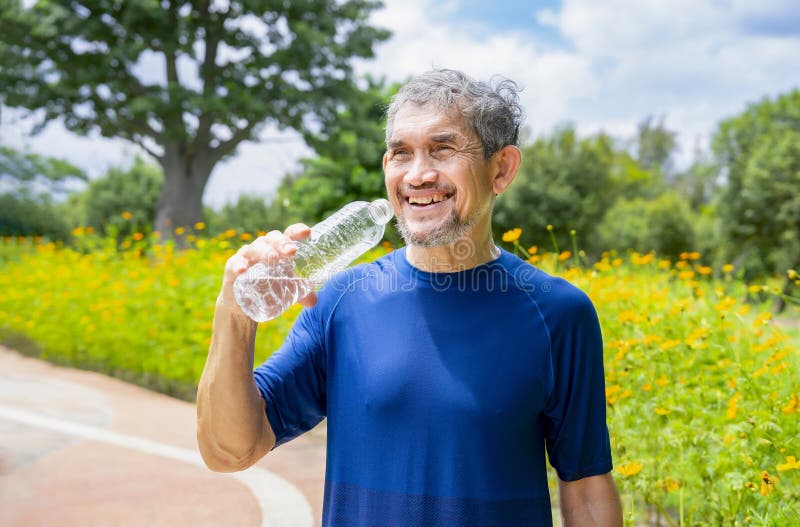
What are the benefits of hydration for seniors?
Water is essential for life, but as we age, we may not drink enough of it. This can lead to dehydration, which can cause a number of health problems, such as muscle pain, fatigue, heat exhaustion, and mental confusion. That’s why it’s important for seniors to stay hydrated and drink more water than younger adults.
Some of the benefits of hydration for seniors are:
- It helps regulate the body’s temperature, which can change with age.
- It aids in digestion and transportation of nutrients throughout the body.
- It flushes out bacteria and toxins from the organs, especially the kidneys.
- It keeps the blood pressure and electrolyte levels normal.
- It lubricates the joints and prevents stiffness and pain.
How much water should seniors drink?
There is no one-size-fits-all answer to this question, as it depends on factors such as body weight, activity level, health conditions, and medications. However, a general guideline is to drink at least eight glasses of water per day, or more if you sweat a lot, exercise, or have a fever. You should also drink water even when you’re not thirsty, as thirst can diminish with age.
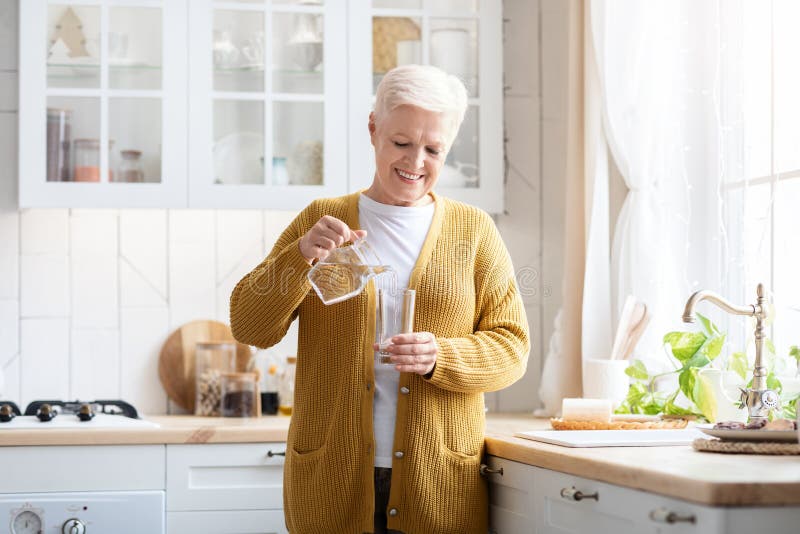
What are some tips to help you stay hydrated?
Here are some ways to make sure you drink enough water every day:
- Keep a water bottle or glass near you at all times and sip throughout the day.
- Add some flavor to your water with lemon, cucumber, mint, or berries.
- Eat more fruits and vegetables that have high water content, such as watermelon, cucumber, celery, and lettuce.
- Avoid drinks that can dehydrate you, such as soda, coffee, and alcohol.
- Drink more water before and after physical activity or exposure to heat.
- Check your urine color and aim for pale yellow or clear.
Hydration is vital for seniors’ health and well-being. By drinking more water and following these tips, you can enjoy the benefits of hydration and prevent dehydration-related complications.
I hope you have enjoyed “What Are the Best Aerobics Exercises for Seniors”. If you have questions or comments I invite you to leave your remarks in the comment section below.
Finally, if you would like to be notified of updates to the content at BetterHealthBetterYou enter your first name and best email in the form below.

